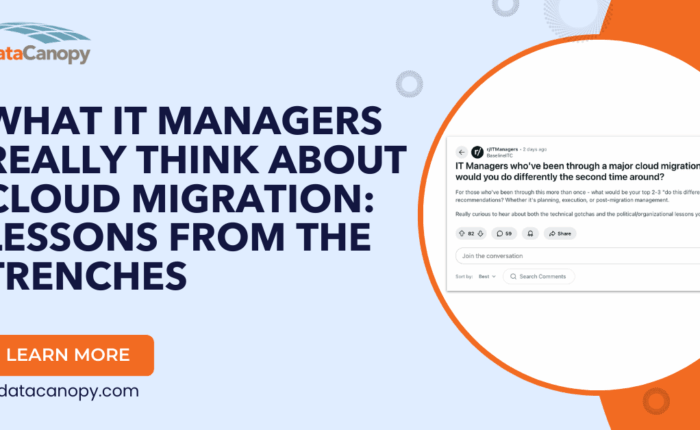Most organizations will experience a form of data loss at least once in their lifetime. Knowing this fact, it is even more important to ensure any data you may have is backed-up, so you don’t find yourself needing data recovery.
In our blog today, we will dive into the depths of data back-ups discussing:
- Why are backups necessary?
- The main causes of data loss
- The 3-2-1 backup rule and how does it help to avoid data loss?
- What are the most common reasons why backups fail?
- How to stop backups from failing?
Why are backups necessary?
Losing data has different outcomes for different companies. It all depends on what the lost data is worth to that company. Losing only a couple of internal files that can easily be replicated may not be the end of the world. On the other hand, losing your customer database or financial reports that you’ve worked on for years is a data loss no one wants. The loss of mission-critical data can cause serious problems for organizations, including possible fines.
What are common causes of a data loss?
- Deleted or formatted data: Many users accidentally delete their data from their storage devices. One too many clicks and your data could be deleted for good.
- Computer viruses, malware, and ransomware: These revolting programs have become a severe threat to every computer user in recent years. If your computer system is not properly secured or you visit an infected website, your data can be infected, corrupted or even worse encrypted. Simply put, you will not be able to access your data anymore.
- Corrupted files: Your files can become corrupted due to a variety of reasons: software failure, logical errors, electrical faults and internal location entries to name just a few.
- Hardware failures: Data loss due to hardware problems can happen quite easily. HDD, for example, are sensitive devices since the internal platters rotate at a speed of more than 5000 revolutions per minute. Just a small hit on the external case can result in a head crash. Additionally, HDDs, as well as SSDs, only have a limited lifespan. After several years of usage, it is likely that they will break down at some point in time. When your HDD is making noises, it is time to change the HDD and a make a final backup of the data on it.
- Hacking attacks: If your computer or your system is under attack, it is most likely that at least some or many of your files have been either encrypted, changed or destroyed. Surfing the internet without a proper firewall and the latest anti-virus-software is very risky and can lead to data loss.
The 3-2-1 backup rule
To avoid data loss, the 3-2-1 rule should be adopted. This rule simply states that a user should store mission critical data three times. In addition to the original data storage place – your computer, NAS, server or storage – you should have two other backups. These two should use different technologies, e.g. one could be a cloud backup, while the other could be a physical server or separate cloud environment.
The most common reasons why backups fail
- The backup software did not work
- There was not enough space on the storage device for the backup
- The backup profile did not cover the complete device, data structure, all folders, etc.
- The external device was only connected to the computer, server or storage occasionally and the backup was created manually, not automatically
- The computer or storage device was not powered on when the backup was created
- Files were lost before the backup was created
How to keep backups from failing
Data Canopy Data Recovery experts have seen quite a lot of data loss and recovery cases over the years due to problems with the client backup. Our experts offer the following tips:
- Take time to invest in a backup solution and create a backup plan
- Decide on the appropriate backup interval that suits your needs. (The longer the interval, the more chance that the data might not be up to date)
- Make sure the backups run regularly according to the set schedule
- Check the backup reports for error messages or a failed backup
- Test and check the hardware, the backup software and the backups regularly – at least once every 3 months – to make sure that the hardware and software are working properly, the data is accurately mapped, and the files are intact
- And finally: do not panic when the backup does not work. Do not make any quick decisions! If in doubt get in contact with a professional data recovery expert like Data Canopy.
At Data Canopy, our team of disaster recovery experts will ensure your mission critical data is secure and available in the event of an emergency with a custom disaster recovery plan and solution designed for your business. We offer our clients geographical redundancy from data centers nationwide, full encryption and corruption detection capabilities, and virtual server backups for seamless fail-over in the event of an outage. Contact us today and protect your data.



